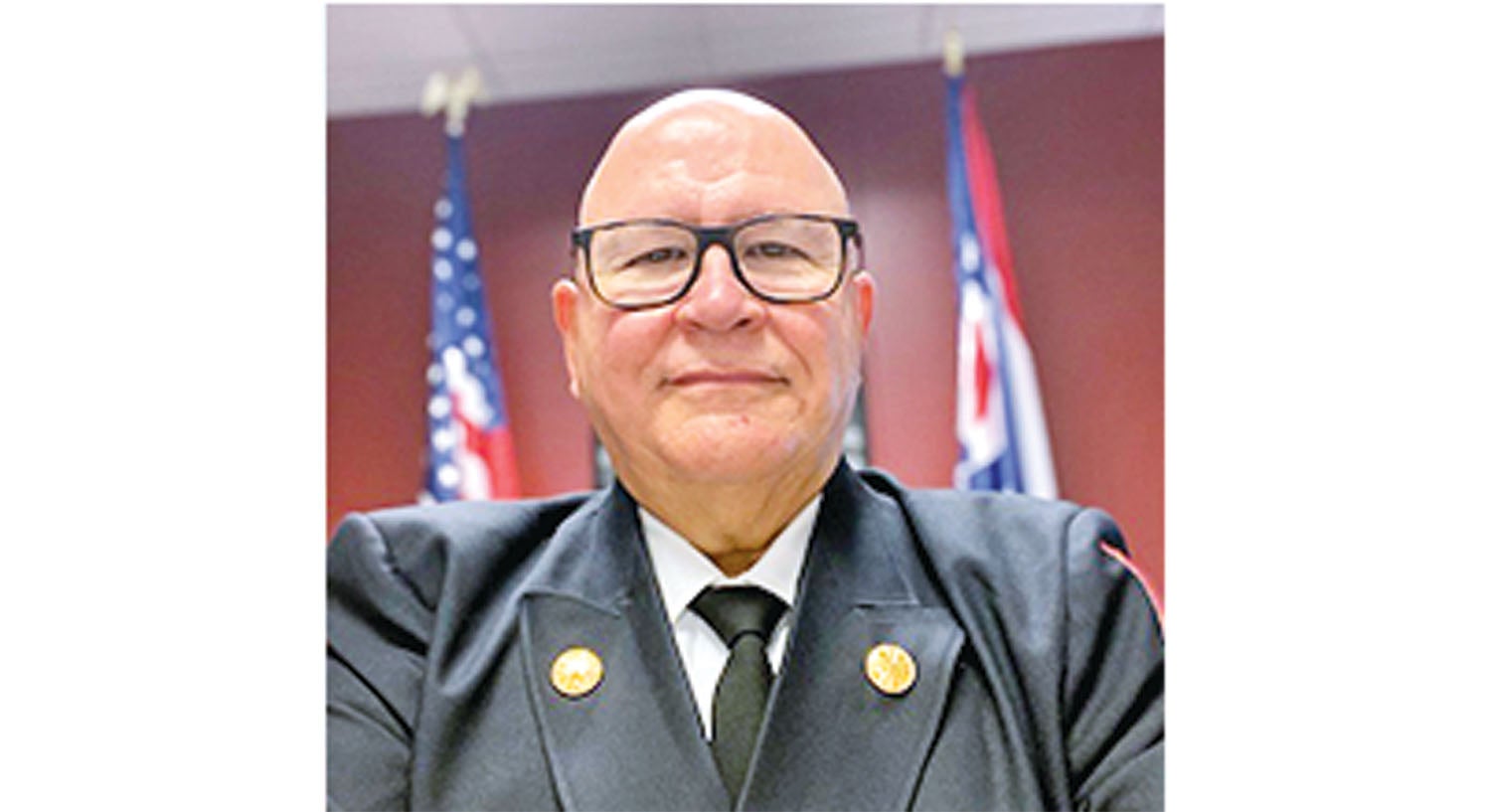State fire marshal encourages people to check fire, CO detectors
Published 12:00 am Wednesday, October 6, 2021

- State Fire Marshal Kevin Reardon
COLUMBUS — The State Fire Marshal’s office is teaming up with the National Fire Protection Association (NFPA) to promote this year’s Fire Prevention Week campaign, “Learn the Sounds of Fire Safety.”
This year’s campaign, Oct. 3-9, works to educate everyone about simple but important actions they can take to keep themselves and those around them safe.
“It’s important to learn the different sounds of smoke and carbon monoxide alarms. When an alarm makes noise — a beeping sound or a chirping sound — you must take action!” said State Fire Marshal Kevin Reardon. “Make sure everyone in the home understands the sounds of the alarms and knows how to respond. To learn the sounds of your specific smoke and carbon monoxide alarms, check the manufacturer’s instructions that came in the box, or search the brand and model online.”
Reardon shares these safety tips to help Ohioans “Learn the Sounds of Fire Safety”
Smoke alarms:
• A continuous set of three loud beeps — beep, beep, beep — means smoke or fire. Get out, call 9-1-1, and stay out.
• A single chirp every 30 or 60 seconds means the battery is low and must be changed.
• All smoke alarms must be replaced after 10 years.
• Chirping that continues after the battery has been replaced means the alarm is at the end of its life and the unit must be replaced.
Carbon monoxide (CO) alarms:
• A continuous set of four loud beeps — beep, beep, beep, beep — means carbon monoxide is present in your home. Go outside, call 9-1-1 and stay out.
• A single chirp every 30 or 60 seconds means the battery is low and must be replaced.
CO alarms also have “end of life” sounds that vary by manufacturer. This means it’s time to get a new CO alarm.
• Chirping that continues after the battery has been replaced means the alarm is at the end of its life and must be replaced.
It’s important your smoke alarms and CO alarms meet the needs of everyone in your home, including those with sensory or physical disabilities. Some tips are listed below:
• Install a bedside alert device that responds to the sound of the smoke and CO alarms. Use of a low-frequency alarm can also wake a sleeping person with mild to severe hearing loss.
• Sleep with your mobility device, glasses and phone close to your bed.
• Keep pathways like hallways lit with night lights and free from clutter to make sure everyone can get out safely.
According to the NFPA, Fire Prevention Week is observed each year during the week of Oct. 9 in commemoration of the Great Chicago Fire, which began on Oct. 8, 1871, and killed more than 250 people, left 100,000 homeless, destroyed more than 17,400 structures and burned more than 2,000 acres of land.
In 1925, President Calvin Coolidge proclaimed Fire Prevention Week as a national observance, making it the longest-running public health observance in the U.S.





